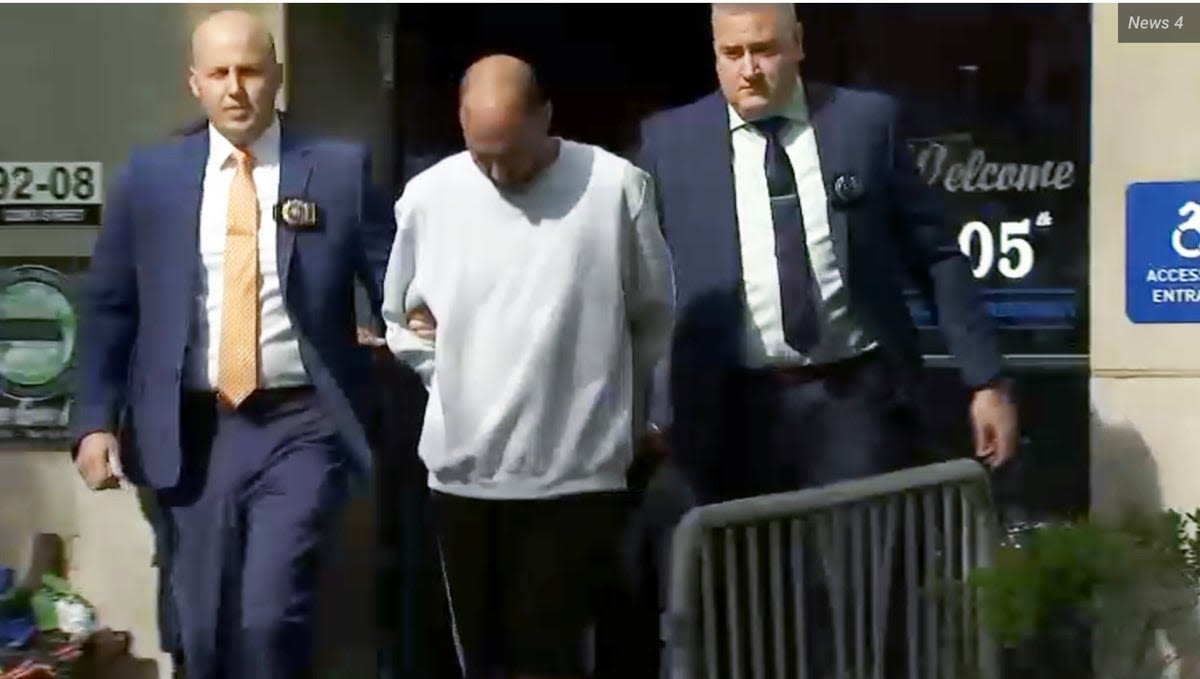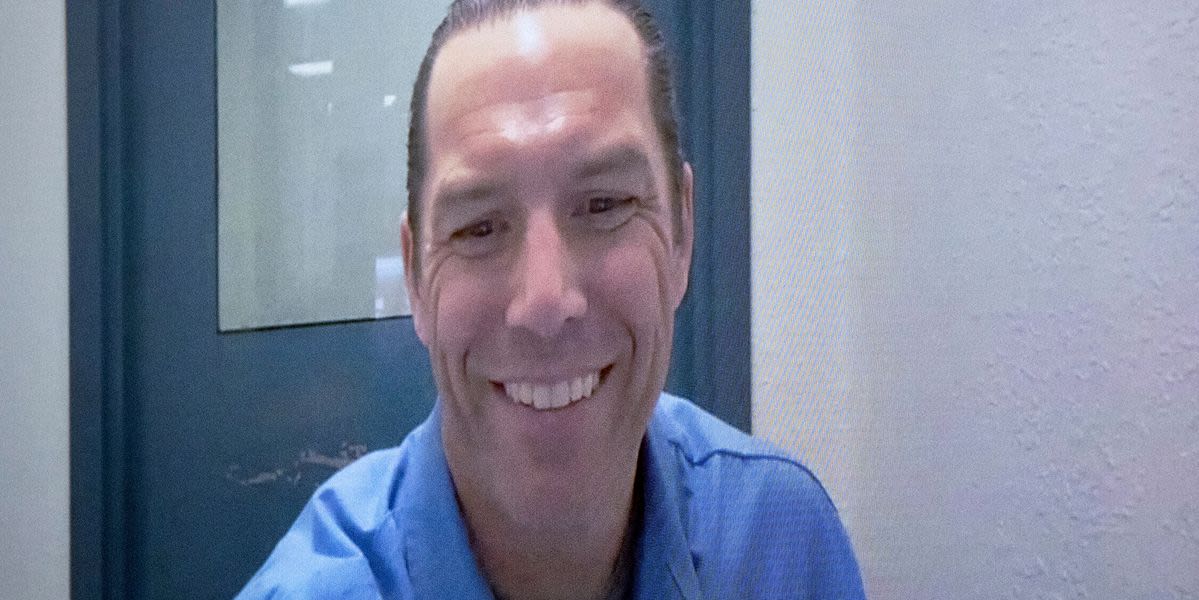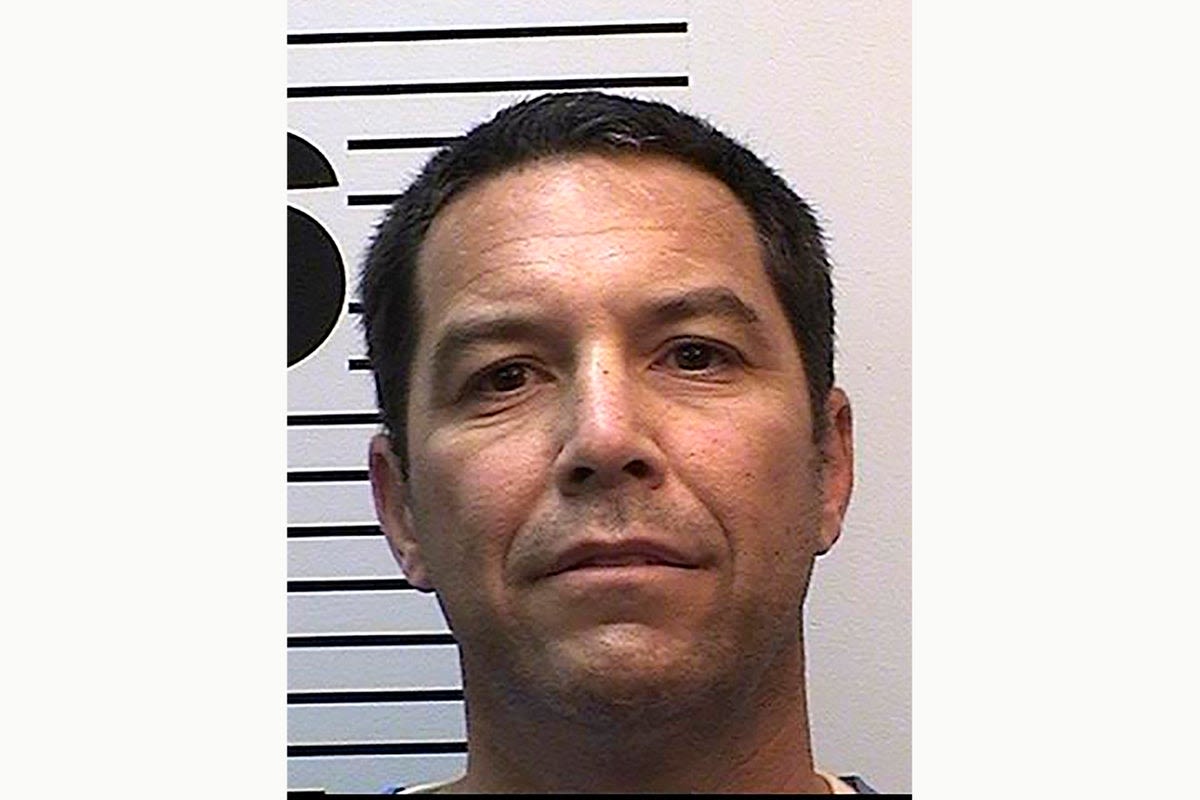Ads
related to: DNASequence verified. Transfection ready. Next Day Shipping. Human, Mouse, & Rat Genes. Tagged & Untagged. Expression-Validated. Lentivirus & AAV available. Over 10,000 Citations
- Tansfection Reagents
Deliver DNA RNA in your cells
High efficiency and low cost
- Clone Set
Many genes in one set
High throughput (HTP) screening
- Tansfection Reagents
Access more DNA discoveries than has ever before been possible with Sequencing. World's most comprehensive rare disease screening. Screen for more than 10,000 diseases.
Search results
Deoxyribonucleic acid (/ d iː ˈ ɒ k s ɪ ˌ r aɪ b oʊ nj uː ˌ k l iː ɪ k,-ˌ k l eɪ-/ ⓘ; DNA) is a polymer composed of two polynucleotide chains that coil around each other to form a double helix. The polymer carries genetic instructions for the development, functioning, growth and reproduction of all known organisms and many viruses.
News about Anthony Scalici, DNA, cold case
News about Scott Peterson, Bryan Kohberger, DNA evidence
2 days ago · DNA, organic chemical of complex molecular structure found in all prokaryotic and eukaryotic cells. It codes genetic information for the transmission of inherited traits. The structure of DNA was described in 1953, leading to further understanding of DNA replication and hereditary control of cellular activities.
- The Editors of Encyclopaedia Britannica
- Overview
- For more information about DNA:
- Topics in the Cells and DNA chapter
- GeneratedCaptionsTabForHeroSec
DNA, or deoxyribonucleic acid, is the hereditary material in humans and almost all other organisms. Nearly every cell in a person’s body has the same DNA. Most DNA is located in the cell nucleus (where it is called nuclear DNA), but a small amount of DNA can also be found in the mitochondria (where it is called mitochondrial DNA or mtDNA). Mitochondria are structures within cells that convert the energy from food into a form that cells can use.
The information in DNA is stored as a code made up of four chemical bases: adenine (A), guanine (G), cytosine (C), and thymine (T). Human DNA consists of about 3 billion bases, and more than 99 percent of those bases are the same in all people. The order, or sequence, of these bases determines the information available for building and maintaining an organism, similar to the way in which letters of the alphabet appear in a certain order to form words and sentences.
DNA bases pair up with each other, A with T and C with G, to form units called base pairs. Each base is also attached to a sugar molecule and a phosphate molecule. Together, a base, sugar, and phosphate are called a nucleotide. Nucleotides are arranged in two long strands that form a spiral called a double helix. The structure of the double helix is somewhat like a ladder, with the base pairs forming the ladder’s rungs and the sugar and phosphate molecules forming the vertical sidepieces of the ladder.
An important property of DNA is that it can replicate, or make copies of itself. Each strand of DNA in the double helix can serve as a pattern for duplicating the sequence of bases. This is critical when cells divide because each new cell needs to have an exact copy of the DNA present in the old cell.
DNA is a double helix formed by base pairs attached to a sugar-phosphate backbone.
Credit: U.S. National Library of Medicine
The National Human Genome Research Institute (NHGRI), a part of the National Institutes of Health (NIH), provides a fact sheet Deoxyribonucleic Acid (DNA) that gives an introduction to this molecule.
StatedClearly offers a video introduction to DNA and how it works.
The New Genetics, a publication of the National Institute of General Medical Sciences, part of the NIH, discusses the structure of DNA and how it was discovered.
A basic explanation and illustration of DNA can be found on Arizona State University's "Ask a Biologist" website.
The Virtual Genetics Education Centre, created by the University of Leicester, offers additional information on DNA, genes, and chromosomes.
An overview of mitochondrial DNA is available from the Neuromuscular Disease Center at Washington University in St. Louis.
•What is a cell?
•What is DNA?
•What is a gene?
•What is a chromosome?
•How many chromosomes do people have?
•What is noncoding DNA?
Learn about the structure, function, and inheritance of DNA, the hereditary material in humans and almost all other organisms. Find out how DNA is made up of four chemical bases, forms a double helix, and can replicate itself.
Learn how DNA is a complex molecule that encodes biological information for all living organisms. Explore the structure, components, and function of DNA, as well as its role in inheritance and evolution.
Aug 24, 2020 · Deoxyribonucleic acid (DNA) is a molecule that contains the biological instructions that make each species unique. DNA, along with the instructions it contains, is passed from adult organisms to their offspring during reproduction. Where is DNA found? In organisms called eukaryotes, DNA is found inside a special area of the cell called the nucleus.
Google Classroom. DNA is the information molecule. It stores instructions for making other large molecules, called proteins. These instructions are stored inside each of your cells, distributed among 46 long structures called chromosomes. These chromosomes are made up of thousands of shorter segments of DNA, called genes.
Learn about the structure, function and inheritance of DNA, the complex molecule that contains all the information necessary to build and maintain an organism. Explore the key concepts, key questions and eBooks related to DNA on Scitable.






